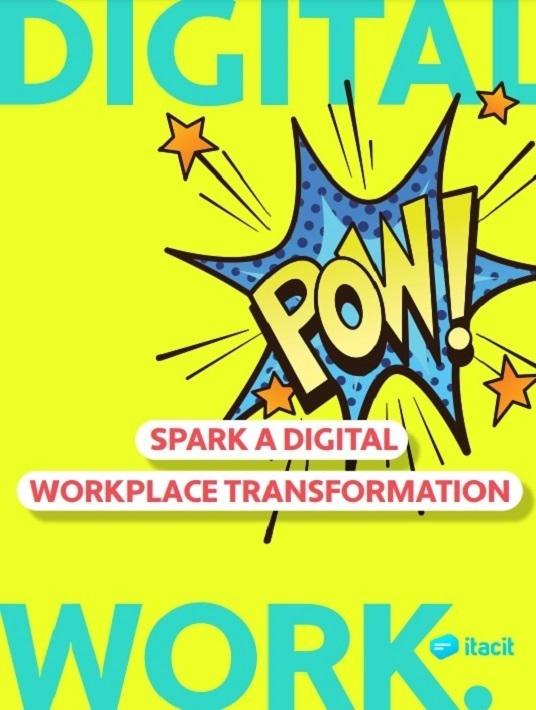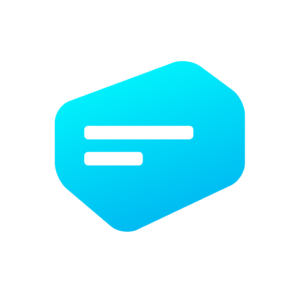Tips To Combine Digital Workforce Tools With L&D For Front-Line Support
We all have seen how social media and online meetings have revolutionized our social lives. The same close connections and sense of community are possible in a digital workplace. An all-in-one digital employee platform can be a great place to create a hub that brings employees together, boosts engagement, and drives L&D initiatives.

Combine Digital Workforce Tools With L&D
One of the most powerful assets for L&D in a digital workforce is asynchronous training. Employees can access training materials when and where they want. Within a comprehensive LMS, an organization can assign specific training to individuals or groups. From there, a top-level view on which training has been completed helps L&D managers and team leaders see the status and results of modules, tests, and more.
Continual Training Opportunities
With a digital training solution, organizations can continuously upload new material or make instant changes to already-published training. This type of continual training allows employers to assign necessary materials, but at the same time doesn’t overload employees with constant training sessions.
Allowing employees to perform the training at their own pace helps avoid information overload and gives them a sense of responsibility and trust from their team leaders. Asynchronous learning allows workers to manage their own time: an extremely important consideration for frontline staff who may be on the go during their workdays.
Built-In Ongoing Support
Within a comprehensive LMS platform, employees can quickly ask questions with team leaders or colleagues, instantly access information resources, and flag any potential issues. This type of on-the-spot support ensures that training programs run smoothly and don’t cause any individual to be stuck. With a built-in system of ongoing support, learners can rest assured that if there are any questions, or any problems with the material, that a solution will be promptly delivered.
On top of targeted training regimes, we all know that workplace learning doesn’t only happen within structured programs.
Skills are continuously gained in the ebb and flow of day-to-day work. Integrating a comprehensive and up-to-date intranet of job-aides and digital resources can help enable employees by simplifying the just-in-time learning capabilities of all staff.
Engage The Emotional Factors
A day in the life of a front-line employee varies dramatically depending on their role, industry, and location. Some front-line workers may have a strong sense of community at work, while others may feel more isolated.
Nurses, working in a hospital, might have a strong personal connection with their colleagues. Field workers, on the other hand, are rarely around a central hub - often working alone or far from their colleagues. They might even work with different people every day.
For organizations looking to introduce L&D programs that meet the needs of all employees, understanding a day in the life of their workers is vital to know what type of learning tools most effectively engage their staff. There are many digital workplace tools that help reach front-line workers where they are and deliver functional and practical L&D.
1. Community Problem Solving
A company intranet can allow employees of an organization to communicate openly and collaboratively. If one person is having a problem, chances are they’re not alone. Using an intranet to establish a central hub to brainstorm solutions, or come up with new initiatives, can be a positive way to bring staff together.
2. Gamify Learning
Gamification is a growing trend in L&D that makes training fun, engaging, and inclusive. As Millennials and Gen Z make up an increasingly large percentage of the workforce, using incentives, competitiveness, and games into learning is an effective way to keep them engaged.
Introducing gamified learning can keep training fun and develop some healthy competitiveness among the team—even if they’re geographically dispersed, remote workers, or on the frontline.
3. Employee Experience
Employees’ health, wellness, and quality of life is the most important factor for the organization and—of course—the workers themselves. L&D solutions should intertwine human factors
when designing any training initiative to focus on employee mental health and improve the employee experience (EX). The goal is to have employees approach learning with a positive mindset.
Boost Your Organization’s Digital Workforce Hub
Combining digital workforce tools, like an all-encompassing employee software solution, into your organization’s L&D strategy is a win-win for both the employees and the employer. Skilling employees for their future not only helps their professional and personal lives, it makes any organization stronger.
Contrary to popular belief, digital workplace transformations aren't just for large organizations with global teams. Even SMBs can reap the rewards to cut training costs and improve overall workflow. Download the eBook Spark A Digital Workplace Transformation to launch your future-ready digital transformation. You can also join the webinar to explore the golden rules to train and engage employees.


